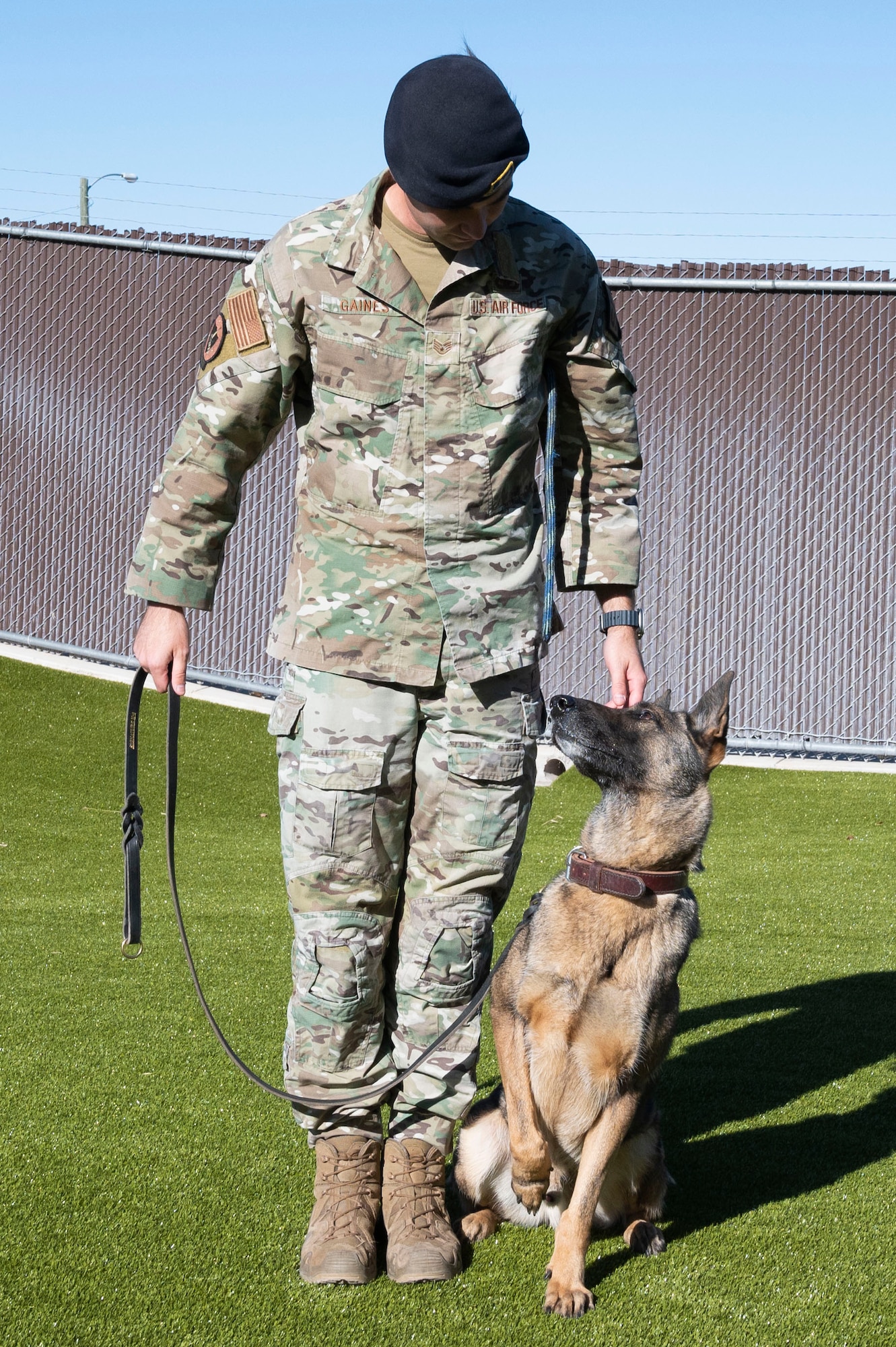Vital Canine Training Techniques for a Life Time of Excellent Actions
Reliable pet dog training is foundational to fostering a well-behaved companion that improves our lives. Crucial strategies, such as favorable reinforcement and consistent command training, not just boost obedience however likewise strengthen the bond in between proprietor and animal. Comprehending canine behavior and using socialization strategies can protect against possible problems prior to they arise. The trip doesn't finish with fundamental commands; addressing behavior challenges calls for a nuanced method that several ignore. What are the crucial components that can transform your training experience and make certain enduring outcomes?
Recognizing Canine Habits

Moreover, recognizing the natural reactions and drives of a pet-- such as target drive, social communications, and territorial actions-- makes it possible for instructors to prepare for and take care of details actions. A pet dog with a strong prey drive might require different techniques than one that is much more socially inclined.
Additionally, early socializing and direct exposure to different environments significantly affect a pet's habits and temperament. Favorable experiences throughout vital developmental durations can cause well-adjusted adult dogs, whereas adverse experiences might lead to anxiety or aggressiveness.
Positive Support Techniques
Among the numerous pet dog training techniques, favorable reinforcement approaches stick out for their efficiency and capacity to enhance the bond between pet dog and trainer (Ohana K9 Academy). This strategy highlights fulfilling preferred behaviors instead of punishing unwanted ones, cultivating a much more participating and trusting partnership
Positive reinforcement can take lots of kinds, consisting of treats, praise, toys, or playtime. The secret is to give prompt rewards when the pet dog exhibits the desired behavior, allowing them to make the connection between the action and the positive result. If a pet dog sits on command, giving a treat right away reinforces that behavior, making it more most likely to be duplicated.
Consistency is important in positive reinforcement training. Trainers should use the exact same cues and rewards to avoid perplexing the pet. In addition, differing the benefits can maintain the dog's passion and inspiration, transitioning from regular treats to occasional appreciation or play as the pet dog masters the habits.

Standard Command Training
Structure on the foundation established via positive reinforcement approaches, fundamental command training functions as an important action in developing an accommodating pet dog. This training generally incorporates vital commands such as "sit," "remain," "come," and "down - Ohana K9 Academy." Each command plays a vital duty in fostering effective interaction between the pet dog and its proprietor, improving the total bond
To initiate standard command training, choose a peaceful setting devoid of diversions. Begin with short, focused sessions lasting no greater than 5 to 10 minutes to preserve your pet dog's focus. Make use of high-value treats as benefits, making certain the canine connects appropriate habits with positive end results. When educating a command, use a clear, regular verbal cue gone along with by hand signals to reinforce understanding.
Persistence is crucial; pets might call for countless reps to grasp commands totally. Slowly boost the intricacy by introducing variants or distractions as soon as your pet dog accurately reacts. Routine method strengthens discovered commands, strengthening them in your canine's More hints behavior collection. Eventually, fundamental command training not just promotes obedience but likewise improves safety and assists in satisfying communications throughout walks and play, laying the foundation for more advanced training techniques in the future.
Socializing Methods
In the realm of dog training, socialization strategies are crucial for cultivating a well-adjusted and confident canine friend. Reliable socialization involves exposing your canine to a selection of environments, people, and other animals in a regulated and anchor positive manner. The key goal is to help your pet establish a comfort degree with diverse experiences, which can significantly minimize worry and stress and anxiety in unfamiliar scenarios.
Begin socialization throughout the important developmental home window of 3 look at this now to 14 weeks, when young puppies are most responsive to new experiences. Present your canine to various settings, such as parks, city areas, and homes with various other animals. Make certain these encounters declare by utilizing deals with and praise to enhance etiquette.
Group training courses are an excellent method to reveal your canine to various other dogs and individuals in an organized environment. This permits monitored interactions, aiding your dog discover ideal social cues. Routine getaways and playdates with well-mannered pet dogs can better enhance social skills.
Resolving Behavioral Issues
Attending to behavior concerns in dogs is a critical aspect of training that needs a methodical strategy and understanding of canine behavior. Common problems such as barking, eating, aggressiveness, and anxiousness can stem from different aspects, consisting of absence of socializing, insufficient workout, or perhaps clinical problems.

Additionally, developing a structured routine that consists of routine exercise and psychological stimulation can significantly relieve behavior issues. For example, interactive toys can keep a pet dog engaged and lower harmful tendencies. In instances of severe aggressiveness or stress and anxiety, talking to an expert dog fitness instructor or a veterinary behaviorist may be necessary.
Final Thought
Finally, efficient dog training methods, consisting of positive support, basic command training, and socializing, are vital for promoting etiquette throughout a pet's life. Attending to behavior issues with an organized approach not only boosts obedience but likewise reinforces the bond between pet dogs and their proprietors. By implementing these methods continually, pet dogs can turn into well-adjusted buddies, efficient in browsing various atmospheres and communications with self-confidence and ease. Thus, developing a structure for an unified relationship is vital.